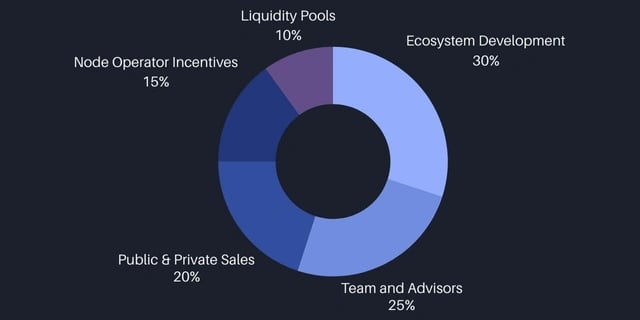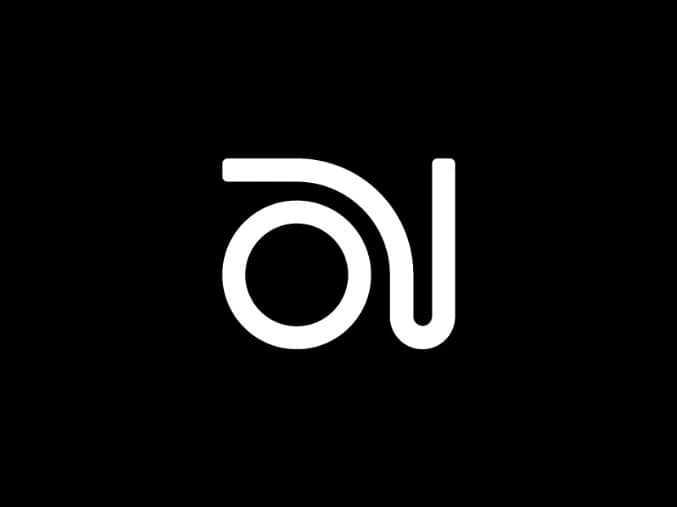订阅 wiki
Share wiki
Bookmark
Hey Anon
Hey Anon
Hey Anon 是一个人工智能平台,它集成了区块链技术和零知识证明 (ZKP),以促进用户和 AI 聊天机器人之间的交互,同时优先考虑数据隐私。该平台的开发是为了回应人们对 AI 应用中数据处理的担忧,强调去中心化基础设施和密码学方法。其运营由 ANON 代币支持,该代币在生态系统中充当实用和治理资产。[1] [2] [8]
概述
Hey Anon 作为一个去中心化网络运行,使用户能够在不泄露个人信息的情况下与 AI 聊天机器人交互。该平台整合了端到端加密、基于 ZKP 的身份验证和分布式服务器框架等技术。与中心化 AI 服务不同,它不保留用户查询、元数据或会话日志。
功能包括匿名帐户设置、加密通信通道和用于处理请求的基于节点的网络。该系统支持文本和语音交互,并通过基于 区块链 的验证过程来维护隐私。该平台专为寻求以隐私为中心的 AI 工具或去中心化应用程序爱好者等用户而设计。[1] [4] [6] [7]
历史
Hey Anon 的开发始于 2023 年,恰逢 [5] 人们对中心化 AI 系统中的数据实践日益关注。该项目由一群匿名的开发人员和密码学家发起,旨在将去中心化架构与面向隐私的 AI 模型相结合。早期阶段侧重于实施 ZKP 以验证交互,而无需暴露用户数据。
测试网 版本于 2023 年底发布,可以对聊天机器人功能进行初步测试。主网 于 2024 年初启动,同时推出了 ANON 代币并扩展了 节点 网络。在此期间,与包括 Aztec Protocol 和 Zcash 在内的 区块链 项目建立了合作关系。[1] [2] [5] [7]
技术
Hey Anon 的技术框架由四个组件组成:
- 零知识证明 (ZKP): 身份验证和计算过程使用 ZKP 来验证交互,而无需传输可识别的数据。
- 去中心化基础设施: 节点网络处理用户请求,运营商以 ANON 代币获得补偿。这种结构减少了对中心化服务器的依赖。
- 加密消息传递: 通信通过端到端加密进行保护,解密密钥存储在用户设备上。元数据使用加密技术进行模糊处理。
- AI 模型: 采用开源机器学习模型,这些模型在匿名数据集上进行训练。这些模型的更新通过基于代币的治理来确定。 该平台的代码库是公开可访问的,由第三方安全公司审核,并且与基于 Ethereum 的网络兼容。
Hey Anon (ANON)
ANON 代币是一种 ERC-20 标准资产,最大供应量为 10 亿个单位。其功能包括:
- 交易费用: 用于访问高级聊天机器人功能或计算任务。
- 网络参与: 节点运营商质押代币以验证交易并获得奖励。
- 治理: 持有者提出并投票决定协议变更、模型调整和资金分配。
代币经济学

ANON 可在多个 加密货币 交易所进行交易,网络费用的一部分按季度用于减少代币供应。[1] [2] [3] [4] [5] [7] [9] [10]
发现错误了吗?
